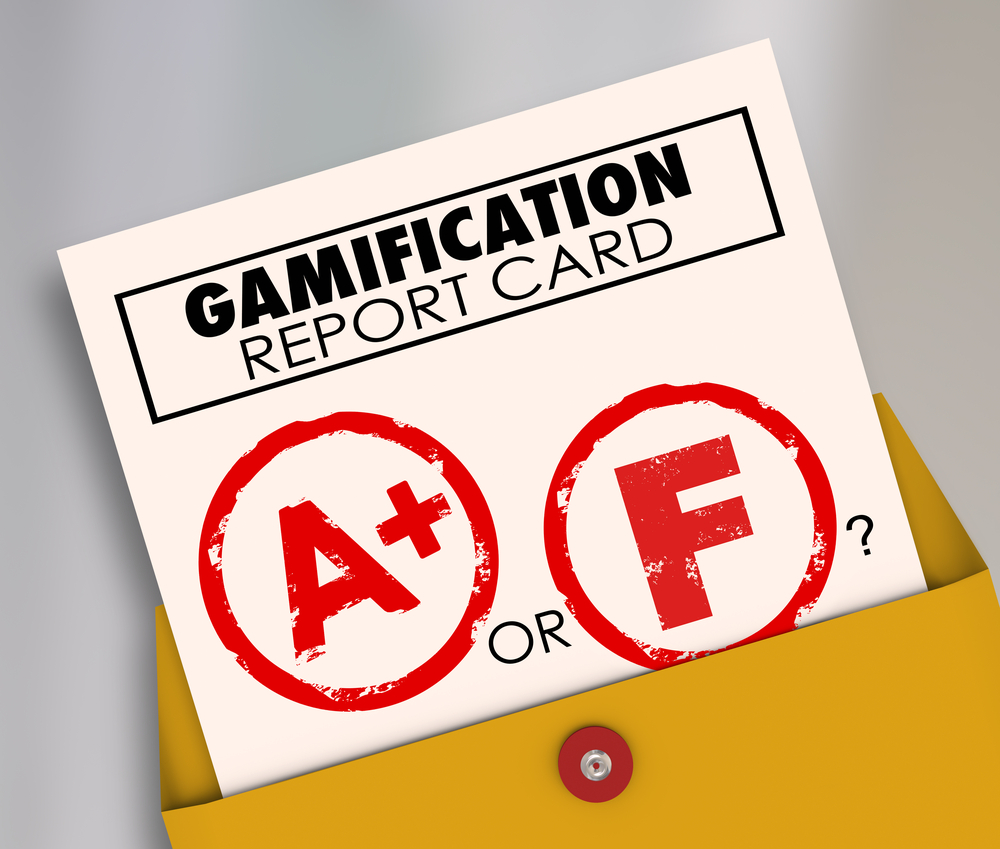The rapid pace of change in technology can make it difficult to distinguish today’s transformational technology from tomorrow’s over-hyped fad. It could be argued that gamification, once heralded as a game changer in employee goal motivation and attainment, is destined to fall into the fad category.
Gartner predicted in 2011 that 50% of organisations that managed innovation processes would gamify these processes by 2015, but the take up has not been anywhere near as that rapid. So are things looking bleak for gamification?
Recent research suggests that ringing the death knell may be a little premature. Findings from a survey conducted by Sunrise Software revealed that 86% of organisations using gamification have seen significant business benefits.
The reason rewards and recognition programmes are implemented in the workplace is to motivate employees to meet and exceed business goals. However, by engaging employees on a transactional level, are organisations getting the best out of their workforce?
Gamification introduces a competitive element to work operations that uses social capital, self-esteem and fun to appeal to the workforce. There is no one-size-fits-all when it comes to motivating employees, but by taking a considered approach to implementation, gamification gives organisations the flexibility to engage at an emotional level.
By moving beyond the transactional to a more meaningful interaction, organisations can engage and motivate employees by recognising and rewarding them in a more personal way.
>See also: Is that whole gamification thing really over?
One organisation that has experienced the business benefits of gamification is United Biscuits. Following the upgrade of their service desk operation, the company implemented a new IT system that enabled the service desk to deliver round-the-clock global support.
It was important that managers could rely on a solution that demonstrated the importance of using the installed knowledgebase and also had the ability to exploit trend analysis data. By implementing the latest gamification techniques, management were able to track how many knowledge articles analysts were using and how effectively the team linked incidents to known problems, therefore rewarding employees in a meaningful way.
In this example, gamification played a significant role in driving behavioural change, delivering customer satisfaction and ultimately adding value to the business through increased productivity.
As the next generation enters the workforce with even greater digital capability, here are some practical tips for organisations looking to evolve their engagement strategy to include gamification.
When implemented successfully, gamification can engender a collaborative community of employees, resulting in increased motivation, reduced churn and ultimately delivering a measurable impact on an organisations bottom line.
While gamification may not have yet hit the heights expected by industry analysts, there is still promise in the concept with many companies taking a considered and steady approach to its adoption rather than a single big bang.
Sourced from Neil Penny, Sunrise Software










